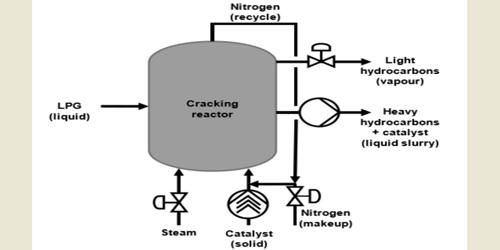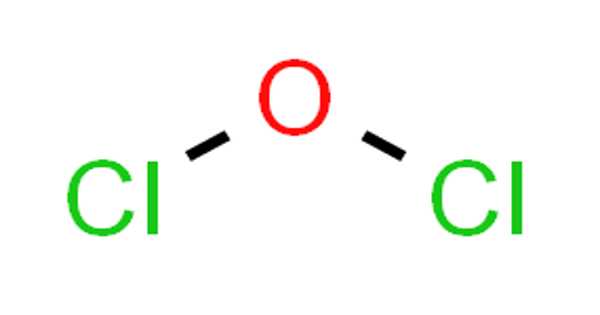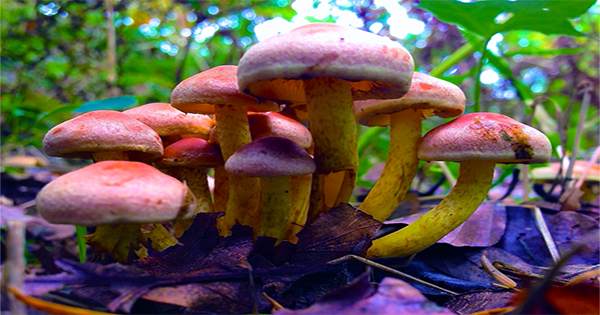The cyanobacteria Scytonema hofmanni produces cyanobacterin in small amounts in nature, and researchers in the groups of Prof. Tobias Gulder from TU Dresden and Prof. Tanja Gulder from Leipzig University have succeeded in understanding the biosynthetic mechanisms for the production of this natural product.
Additionally, they generated a novel class of carbon-carbon bond-making enzymes throughout the process. As a result, the (bio)chemists are greatly extending the already understood biocatalytic repertoire from nature and opening up new, sustainable biotechnological uses in health and agriculture. The journal Nature Chemical Biology has officially published the collaboration’s findings.
Nature manufactures a large number of compounds, or so-called natural products, by biosynthetic means, which proves that nature is a skilled chemist. These organic products are essential to humans as well.
They are utilized in a variety of ways in our daily lives, particularly as active ingredients in agriculture and medicine. Examples include the anti-cancer medication Taxol from the Pacific yew tree, the antibiotic penicilins isolated from molds, and the pesticide pyrethrins found in chrysanthemums.
For the creation and manufacturing of medicines based on such chemicals, knowledge and understanding of the biosynthetic assembly of such compounds by Nature is crucial. In this context, scientists from the groups of Professors Tobias Gulder (TU Dresden) and Tanja Gulder (Leipzig University) investigated the biosynthesis of cyanobacterin, which is produced in minute amounts in nature by the cyanobacterium Scytonema hofmanni and is extremely toxic to photosynthetic organisms.
With the furanolide synthases, we have obtained an enzymatic tool that will allow us to develop more environmentally friendly methods for the production of bioactive compounds in the future and thus make significant contributions to a more sustainable chemistry.
Prof. Tanja Gulder
In their research, the (bio)chemists not only succeeded in deciphering the natural product’s biosynthesis for the first time, but also identified a novel enzymatic transition for the production of carbon-carbon bonds.
Combining cutting-edge tools from bioinformatics, synthetic biology, enzymology, and (bio)chemical analytics allowed for the completion of this work. The production process for the core of the cyanobacterin carbon skeleton was the main topic of discussion.
The suspected genes for this were first cloned using the “Direct Pathway Cloning” (DiPaC) technique, and they were subsequently turned on in the model organism E. coli as a cell factory. DiPaC is a novel synthetic biology technique that was first created in the lab of Tobias Gulder, a professor of technical biochemistry at the Technical University of Dresden.
“DiPaC allows us to transfer entire natural products biosynthetic pathways into recombinant host systems very quickly and efficiently,” Tobias Gulder explains.
The following stage involved synthesizing all necessary enzymes in the host organism E. coli, isolating them, and then examining the role of each enzyme to study the crucial individual steps of cyanobacterin biosynthesis.
They discovered a group of enzymes known as furanolide synthases throughout the process. These have a novel method for stimulating the creation of carbon-carbon bonds.
These enzymes were found to be effective in vitro biocatalysts in subsequent research on furanolide synthases, making them very desirable for biotechnological applications.
“With the furanolide synthases, we have obtained an enzymatic tool that will allow us to develop more environmentally friendly methods for the production of bioactive compounds in the future and thus make significant contributions to a more sustainable chemistry,” explains Prof. Tanja Gulder from the Institute of Organic Chemistry at Leipzig University.
In order to discover new bioactive members of this class of natural compounds and to create techniques for the biotechnological production and structural diversification of cyanobacterin, the two research teams will next explicitly hunt for these unique biocatalysts in other organisms.
“Our work paves the way for the comprehensive development of an exciting class of natural products for applications in medicine and agriculture,” the two scientists agree.
















